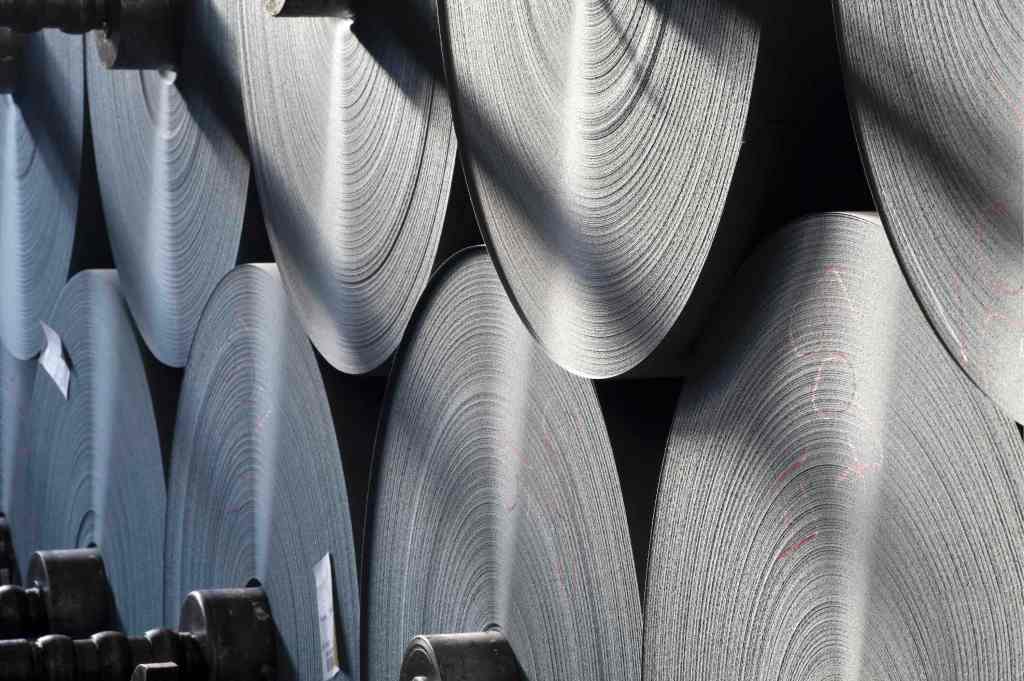In a significant move towards environmental sustainability, Microsoft has entered into a substantial agreement with CO280, a company specializing in carbon removal solutions. This partnership involves Microsoft purchasing 3.7 million metric tons of carbon removal credits over a 12-year period, focusing on capturing carbon dioxide emissions from a Gulf Coast pulp and paper mill. The initiative is set to commence operations in 2028.
Understanding the Partnership
CO280 is at the forefront of integrating carbon capture technologies within the pulp and paper industry. The sector is known for emitting approximately 100 million metric tons of biogenic carbon dioxide annually. By collaborating with CO280, Microsoft aims to address a portion of these emissions, aligning with its ambitious goal to become carbon-negative by 2030.
Mechanics of Carbon Capture in Pulp and Paper Mills
The process involves installing carbon capture units on the recovery boilers of paper mills. These boilers are essential for recycling chemicals used in the pulping process but also release significant amounts of carbon dioxide derived from the wood. By capturing this biogenic CO₂, the mills effectively remove carbon from the atmosphere, leveraging the natural photosynthetic process of trees.
Technical Collaboration and Implementation
To realize this project, CO280 is partnering with SLB Capturi, a joint venture between SLB (formerly Schlumberger) and Aker Carbon Capture. The technology employed is based on the amine process, a well-established method for capturing carbon dioxide. Once captured, the CO₂ will be transported approximately 40 miles via pipeline to a saline aquifer for permanent storage. The initial phase aims to capture about 40% of the biogenic CO₂ emissions from the mill, with plans to double this capacity in a subsequent phase.
Financial and Environmental Implications
The financial specifics of the deal remain undisclosed. However, CO280 offers carbon credits at around $200 per metric ton. Buyers, including Microsoft, can benefit from tax credits under the Inflation Reduction Act, potentially reducing the overall cost. This model not only supports environmental objectives but also provides economic incentives for participating mills, as they receive a share of the carbon credit proceeds.
Broader Context and Future Prospects
This agreement is part of Microsoft’s broader strategy to invest in various carbon removal projects. The company has previously engaged in similar initiatives, such as a 25-year agreement with Chestnut Carbon to restore approximately 60,000 acres of land by planting over 35 million native trees, aiming to remove more than 7 million tons of CO₂ over the contract’s duration.
Conclusion
Microsoft’s collaboration with CO280 signifies a proactive approach to addressing industrial carbon emissions. By integrating carbon capture technologies into existing industrial processes, this partnership exemplifies how corporations can contribute to global carbon reduction efforts while fostering innovation and economic growth within traditional industries.



